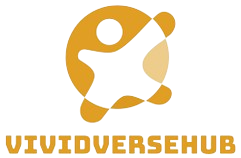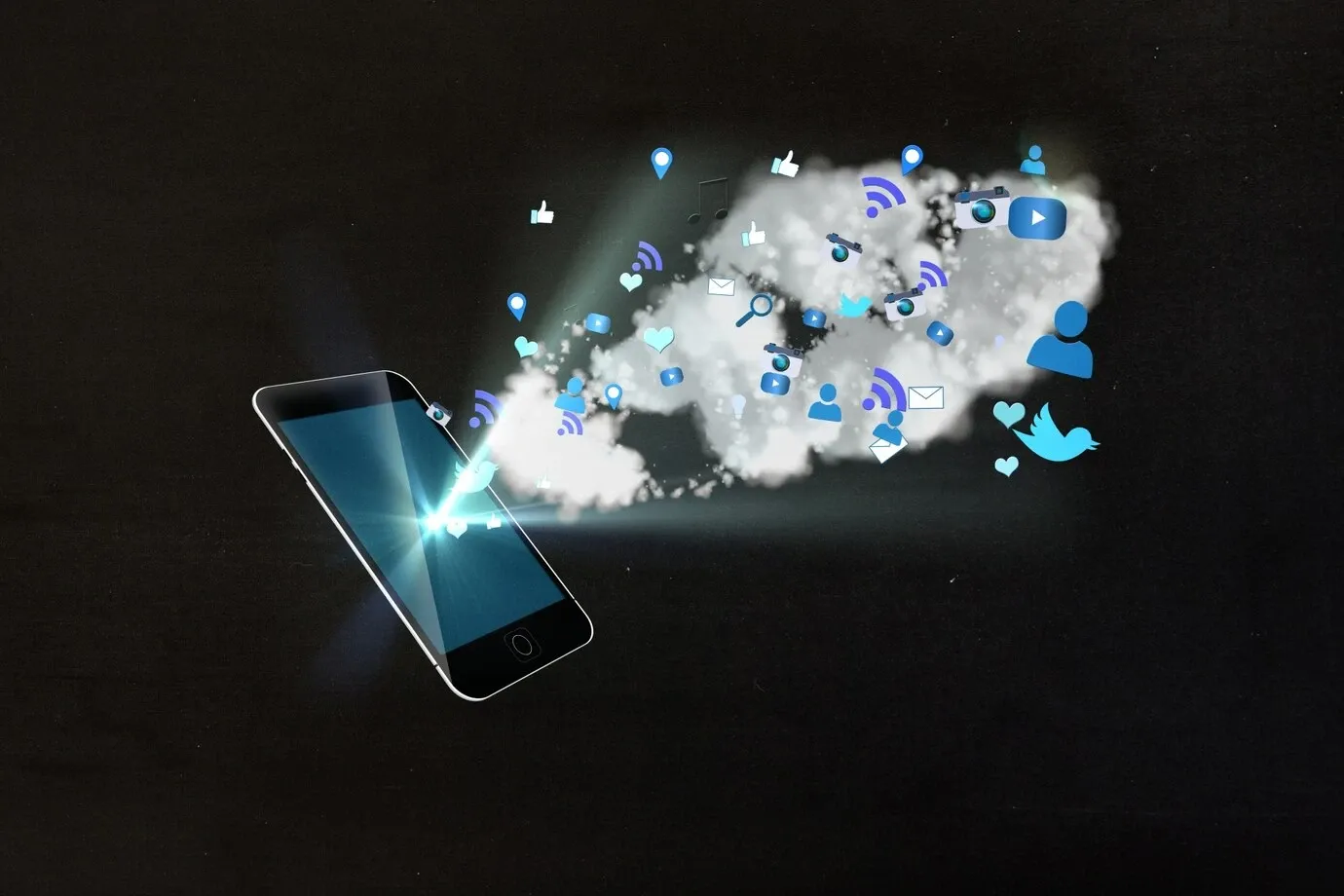Twitter, the lightning-fast platform of news, opinions, and witty banter, has undergone a metamorphosis as dramatic as a butterfly emerging from its cocoon. Gone are the days of the restrictive 140-character limit, replaced by a canvas for multimedia expression. This article chronicles Twitter’s fascinating journey, exploring the rise and fall of Fleets and analyzing the platform’s ever-evolving features. Discover how these changes impact communication, content creation, and audience engagement, and prepare to adapt your Twitter strategy to thrive in this dynamic landscape.
The Birth of 140 Characters
The inception of Twitter marked a revolutionary shift in online communication with its distinct feature—the 140-character limit. Conceived in 2006, this character constraint was not merely a technical choice but a deliberate design to foster brevity and instant engagement. Users were challenged to encapsulate their thoughts, updates, or reflections within this concise framework, giving birth to a unique form of microblogging.
This restriction not only altered the way individuals expressed themselves but also revolutionized the landscape of online conversations. The bite-sized nature of tweets encouraged users to be succinct, fostering a culture of rapid-fire updates and real-time sharing. As a result, the platform became a dynamic space where information could be disseminated swiftly, enabling users to participate in conversations with unparalleled immediacy.
The 140-character limit became Twitter’s defining feature, setting it apart from other social media platforms. It forced users to distill their messages into concise, impactful snippets, creating a platform where every character counted. This restriction not only defined the platform’s identity but also became a catalyst for the platform’s global appeal and widespread adoption.
Twitter’s Cultural Impact
Twitter’s Cultural Impact has been nothing short of transformative, as the platform has become a pivotal player in shaping global conversations and influencing cultural trends. Here’s a closer look at the profound impact Twitter has had on our social and cultural landscape:
- Real-Time News Hub: Twitter has emerged as a go-to platform for breaking news. Its real-time nature allows users to stay informed about unfolding events, making it an indispensable tool for journalists, news outlets, and the general public. The platform’s immediacy has redefined how we consume and share news.
- Trendsetting and Hashtag Culture: Twitter introduced the concept of hashtags, which quickly became a cultural phenomenon. Hashtags serve as virtual communities, organizing discussions around specific topics, events, or movements. They not only facilitate engagement but also contribute to the virality of trends and conversations.
- Influence on Pop Culture: From viral memes to celebrity interactions, Twitter has played a significant role in shaping pop culture. The platform has become a space where celebrities, influencers, and everyday users converge, creating a dynamic cultural melting pot.
- Political Discourse and Activism: Twitter serves as a powerful tool for political discussions and activism. Movements like the Arab Spring and #BlackLivesMatter gained momentum through Twitter, showcasing the platform’s ability to amplify voices and catalyze social change.
- Global Conversations: Twitter transcends geographical boundaries, allowing users from different parts of the world to engage in conversations. This global reach fosters cultural exchange and enables users to gain diverse perspectives on various issues.
- Cultural Commentary and Critique: Users often turn to Twitter to share their opinions and critiques on cultural phenomena, whether it be movies, TV shows, or major events. The platform has become a virtual water cooler where people discuss and dissect cultural moments in real time.
- Fandoms and Community Building: Twitter serves as a hub for fandoms, enabling fans of particular movies, TV shows, music, or sports teams to come together. This sense of community adds an extra layer to cultural experiences, creating spaces for passionate fans to connect.
- Language Evolution and Memes: Twitter has influenced language evolution with the popularization of internet slang, abbreviations, and memes. Phrases originating on Twitter often make their way into mainstream communication, showcasing the platform’s impact on linguistic trends.
In essence, Twitter’s Cultural Impact extends far beyond being just a social media platform. It has become an integral part of our cultural fabric, influencing how we consume information, engage in discussions, and participate in the ever-evolving tapestry of global culture.
Challenges and Criticisms: Navigating the Storm on Twitter
Twitter, despite its immense popularity, has not been immune to challenges and criticisms. Let’s delve into some of the key issues the platform has faced and how it has navigated the storm.
| Challenge/Criticism | Impact on Users | Twitter’s Response |
| Harassment and Toxicity | Users may experience online abuse, affecting mental well-being. | Enhanced reporting tools, stricter content moderation, and anti-harassment policies. |
| Spread of Misinformation | False information can spread rapidly, influencing public opinion. | Labeling misleading tweets, partnering with fact-checkers, and introducing warning prompts. |
| Platform Policing/Censorship | Users express concerns about censorship or inadequate content moderation. | Continuous refinement of content policies and increased transparency through regular reports. |
- Harassment and Toxicity:
- Challenge: One of the persistent issues on Twitter has been the prevalence of harassment and toxicity. Users have faced online abuse, bullying, and hate speech, tarnishing the platform’s reputation.
- Response: Twitter has implemented measures such as improved reporting tools, stronger content moderation, and policies against targeted harassment to address these challenges.
- Spread of Misinformation:
- Challenge: The rapid spread of misinformation on Twitter has been a concern, especially during crises and breaking news events. False information can quickly gain traction, impacting public perception.
- Response: Twitter has taken steps to label misleading tweets, partner with fact-checking organizations, and introduce features like warning prompts to mitigate the spread of misinformation.
- Platform Policing and Censorship Concerns:
- Challenge: Balancing the need for content moderation with concerns about censorship has been a delicate task. Users often criticize the platform for either being too lenient or too restrictive in policing content.
- Response: Twitter continues to refine its content policies, seeking a middle ground that addresses harmful content while respecting the principles of free expression. Transparency reports on content removal and enforcement actions aim to enhance accountability.
Despite these challenges, Twitter remains committed to creating a safer and more inclusive environment for its users. Striking a balance between fostering free expression and mitigating harm is an ongoing process that the platform actively addresses through policy improvements and technological innovations.
Feature Expansions
Twitter’s journey has been marked by constant innovation, especially in its expansion of features. These additions have not only enhanced user experience but have also played a crucial role in keeping the platform dynamic and engaging.
- Introduction of Multimedia Content:
- Transformation: Twitter evolved from a text-centric platform to a multimedia-rich environment with the introduction of images, videos, and GIFs. This expansion allowed users to convey more nuanced messages and added visual appeal to the timeline.
- Impact: The inclusion of multimedia content transformed the way users engage with tweets, providing a more immersive and diverse experience.
- The Rise of Hashtags:
- Innovation: Twitter pioneered the use of hashtags, enabling users to categorize and organize content around specific topics. This innovation not only facilitated content discovery but also gave birth to trending conversations.
- Significance: Hashtags became a cultural phenomenon, creating virtual communities and fostering a sense of collective participation in global discussions.
- Embracing Polls and Emoji Reactions:
- Engagement Boost: Twitter expanded user interactivity by introducing polls, allowing users to gather opinions and feedback. Additionally, emoji reactions provided a quick and expressive way for users to engage with tweets.
- User Involvement: These features not only increased user engagement but also diversified the ways in which users could express their sentiments on the platform.
- Moments Feature for Curated Content:
- Curation and Storytelling: The introduction of Moments allowed users to curate tweets around specific events or stories. This feature transformed Twitter into a storytelling platform, where curated content could be easily shared and discovered.
- User Experience: Moments enhanced the overall user experience by providing a structured way to follow unfolding events and narratives.
- Bookmarks for Personalized Content Collection:
- User-Centric Addition: Acknowledging the need for users to save and revisit tweets, Twitter introduced the Bookmarks feature. This allowed users to create a personalized collection of tweets for later reference.
- Convenience: Bookmarks added a layer of convenience, catering to the diverse ways users interact with content on the platform.
As Twitter expanded its features, it not only responded to user needs but also anticipated changing trends in digital communication. These innovations have been instrumental in keeping Twitter relevant and adaptable in the fast-paced landscape of social media, offering users a multifaceted and enriched platform for expression.

